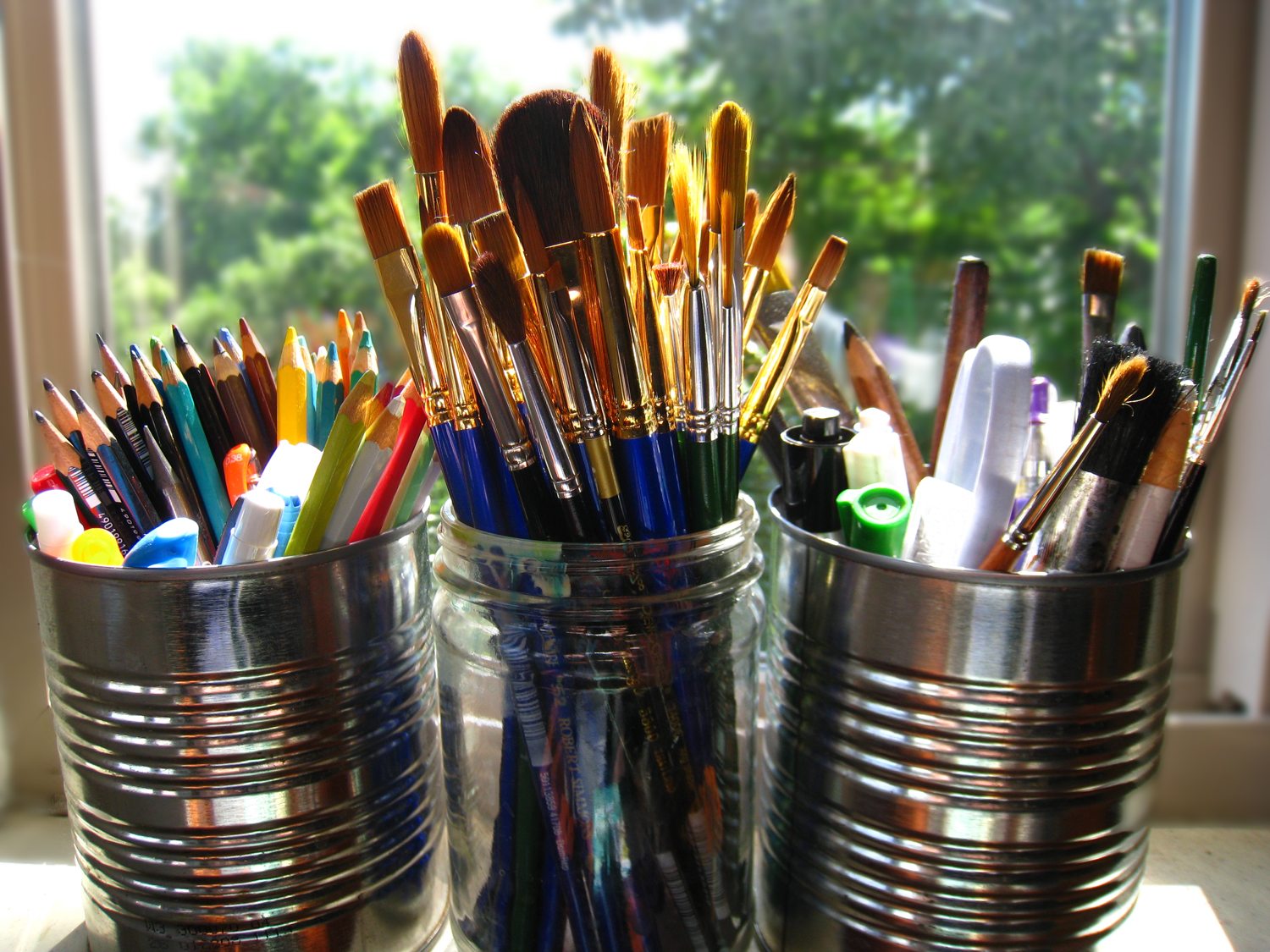Math and science are very important but
not more so than the arts! When information
is processed in some active, musical or
artistic way-graphs, posters, drawings,
creating maps, songs, plays, and so forth,
the knowledge becomes permanent instead
of short term memory data for testing. And it
strengthens the creative part of the brain.
Processing means The Arts!
Art is most successfully taught when it is
combined with all other subjects. The work,
whether it is the field of geography, biography,
history, math, or language takes the form of a
project where the head and hand work
together toward a creative, artistic expression.
In order to learn in this way the child needs
the tools and uninterrupted time. The adult
supplies art materials, exposure to good music,
long blocks of time, and respect for the child's
expression of emotions, thoughts, and ideas.
Children create two and three- dimensional art,
weaving, and a beautiful environment full of
poetry, theater, song, the sounds of instruments.
Not only are famous artists and musicians
studied, but ordinary people who brings arts
into their everyday lives. A child might interview
parents, teachers, grandparents, to see what
art forms they pursue as hobbies, what they
did as children, and what are their dreams.
When elementary-aged children reach
adolescence they enter one of the most
creative period of life, and will create
based on those talents they have begun
to develop in early years. For them, and
for adults who have had this experience,
living without the arts would seem like
living in black and white instead in color.

This period of life, between the age
of six and twelve, is the time to explore
and to develop a facility in as many
art and music forms as possible.
Pinegreenwoods Montessori













